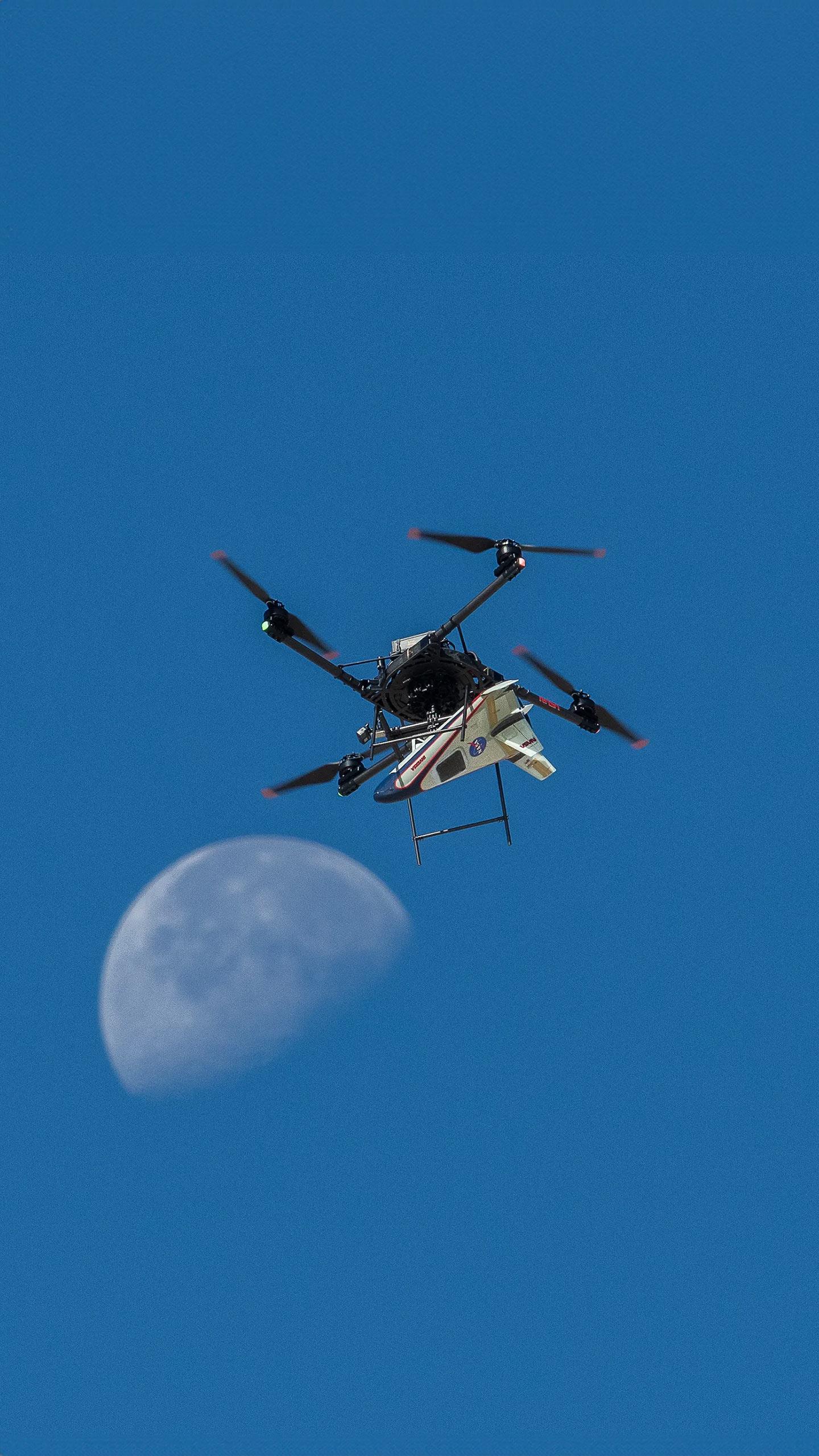What's Happening?
Joe Montemurro, the head coach of the Matildas, has expressed disappointment over Western United's decision to pause operations for the 2025-26 A-League seasons. Montemurro described Western United as an
important model club, highlighting its significance in the league. The club's hibernation is seen as a setback, particularly given its role in promoting competitive football and contributing to the league's diversity. Montemurro's comments reflect concerns about the impact of this decision on the league's overall health and the opportunities for players and fans alike.
Why It's Important?
Western United's hiatus could have significant implications for the A-League, affecting the competitive balance and reducing the number of teams participating. This decision may impact players who rely on the club for their professional careers, as well as fans who support the team. The absence of Western United could also influence sponsorship deals and media coverage, potentially reducing the league's visibility and financial stability. Montemurro's criticism underscores the importance of maintaining robust participation in the league to ensure its growth and sustainability.
What's Next?
The A-League will need to address the challenges posed by Western United's absence, possibly by restructuring the league or finding ways to support affected players and staff. Stakeholders, including other clubs, sponsors, and the league's governing body, may need to collaborate to mitigate the impact of this decision. Discussions around the future of the league and strategies to prevent similar situations may become more prominent, as stakeholders seek to ensure the league's resilience and continued development.
Beyond the Headlines
The decision by Western United to hibernate could prompt broader discussions about the financial health and management of clubs within the A-League. It may lead to increased scrutiny of club operations and the need for sustainable business models. Additionally, this situation could highlight the importance of strategic planning and investment in sports infrastructure to prevent similar occurrences in the future.











